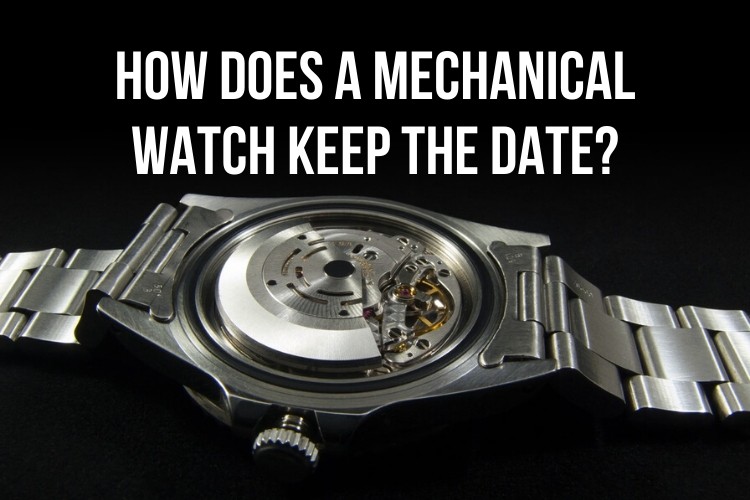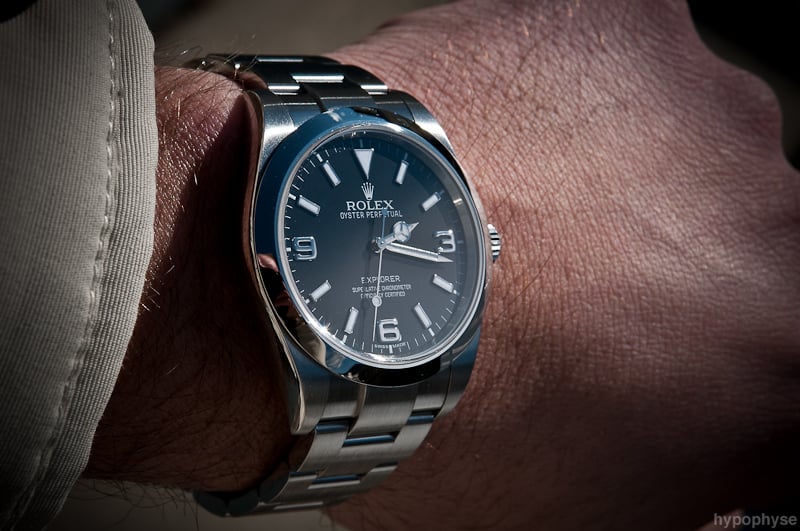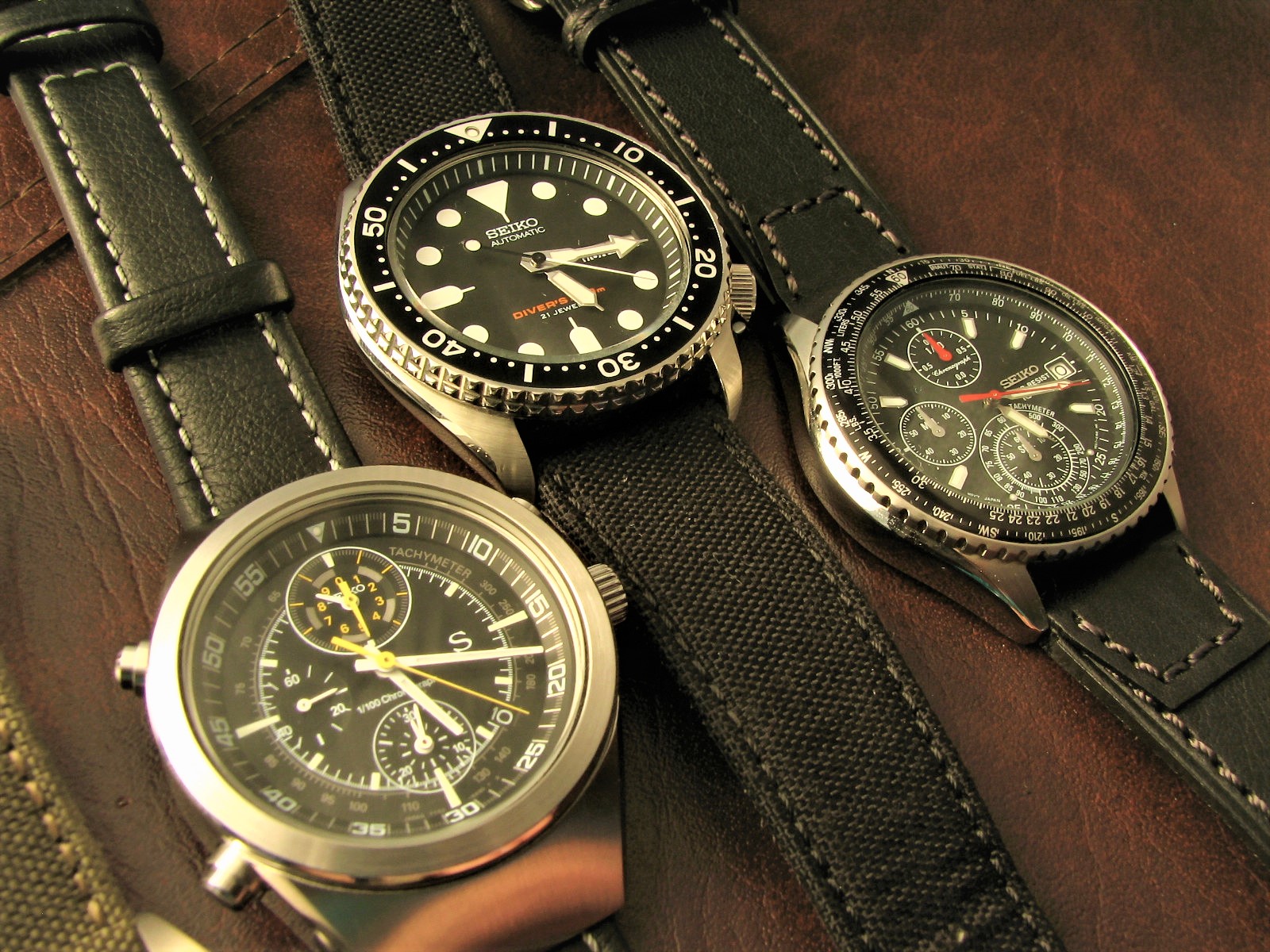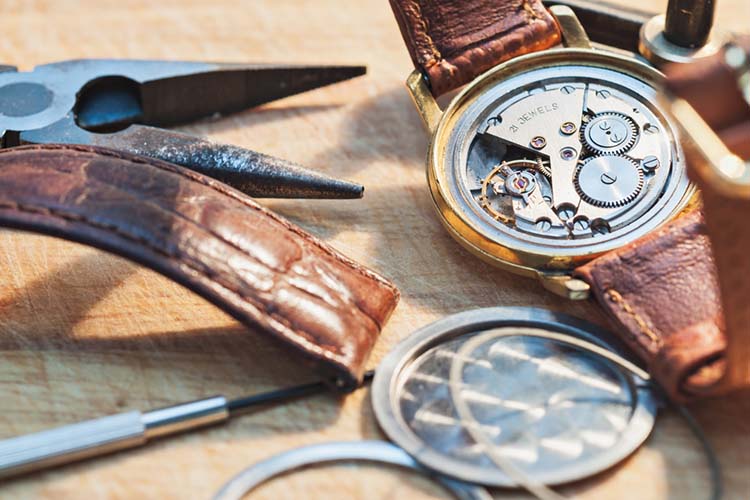In terms of watch movements, the most common types you would encounter are mechanical or quartz movements. (Although of course, there are other types of watches: such as solar or kinetic, chronometer, and spring drive.
Before the rise of battery-powered quartz movements, watches were being run only by a rigorously assembled clockwork mechanism. This means that mechanical watches are carefully crafted to ensure functionality and reliability. Such is the reason why watch collectors usually prefer mechanical watches.
One of the main types of watch complications that can be added to the watch dial is the Date or Day-Date (date and day of the week) or more advanced options include adding the month to the dial (Calendar) and even the perpetual calendar option that automatically takes into account the number of days in each month when going from one month to the next and even leap year while changing to the next year.
So the next question for many people is, how exactly does it keep track of the date accurately? That is the question that we will answer in this post so read on!
Table of Contents
Components
Seiko 5 Mechanical watch (Image: Calgary Reviews)To explain the mechanism under a mechanical watch, we’ll go through its five primary components, and how each one contributes to the mechanical movement.
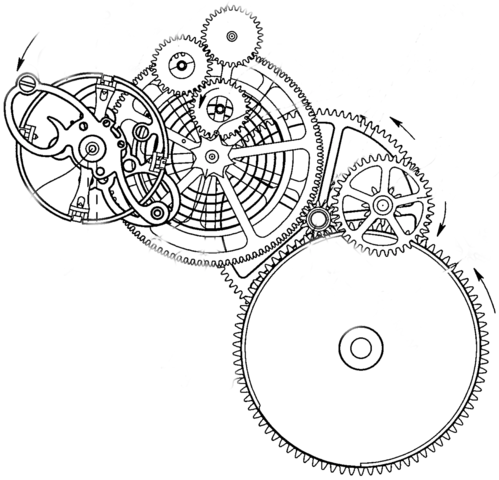
Mainspring
We start off with the most vital component – the mainspring or long spring. It is where the potential energy is being stored then as the mainspring slowly unwinds, it transfers the said energy which triggers the clockwork mechanism.
Wheel train
Also called a gear train, the wheel train is the one connecting the mainspring with the escapement. As such, it serves two functions – one is to transmit the force from the mainspring to the balance wheel, and the other is to drive the timekeeping hands.
Keyless Work
This component is the one that allows the user to wind the mainspring and to move the hands to set the time.
Balance wheel
As mentioned above, the force from the mainspring is being transferred to this part. The said force powers the balance wheel to oscillate back and forth at the same amount of time. It, therefore, serves as the timekeeping element of the mechanical watch.
Escapement
The escapement mechanism, which is composed of the escape wheel and the pallet fork, also serves two functions. First, it gives the balance wheel a little push with each swing to keep it vibrating. It is also responsible for allowing the gears to either advance or “escape” by a particular amount with each swing of the balance wheel.
Automatic vs Hand-wound

Common watch consumers tend to assume that mechanical watches are automatically self-winding or automatic considering their large volume in the watch market. However, such is not the case. Mechanical movements, in fact, may either be self-winding or hand-wound. Let’s discuss the difference between these two in this section.
Mainly, an automatic/self-winding watch is equipped with a rotor that spins whenever you move your wrist. As the rotor spins, the watch winds up and the mainspring is being tightened again. On the contrary, a hand-wound watch does not come with a rotor. As such, its owner needs to carefully wind it periodically to make it work.
For the automatic watches, one significant downside is that they are usually heavier and thicker compared to hand-wound ones because the rotor attached to the movement is weighted. Accordingly, hand-wound ones are thinner and lighter on the wrist.
The disadvantage of the hand-wound, however, is that they may wear out prematurely because of the constant need to turn the crown to wind the mainspring. This aspect, of course, is an advantage for automatic watches since they won’t easily wear out and the users don’t even have to worry about winding the watch at all.
Date-keeping in Mechanical Watches
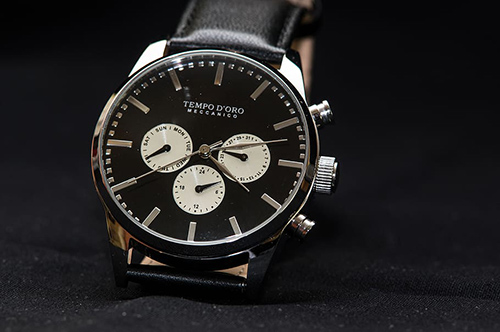
Now that we’ve understood the basics of the timekeeping mechanism in mechanical watches, let us move on to how they keep the date.
In general, mechanical watches with date features have an additional specific set of gears in them that are equally delicate. It can ruin your watch’s movement if you happen to change the date of your watch hastily. One key component of a mechanical watch with a date window is a date wheel. The mechanical movement needs to accumulate and generate more power to make this date wheel move forward. For most mechanical watches, the increment is every 24 hours and it runs from 1 to 31. Meaning, the wearer has to manually adjust the date on the first day of the following month if a month has less than 31 days.
Since adjusting the date in mechanical watches should be done in the proper way to keep their movements working properly, it is a good thing that watchmakers have also developed more advanced complications that can track our calendars more accurately. These are the annual calendar watches and perpetual calendar watches.
Annual Calendar
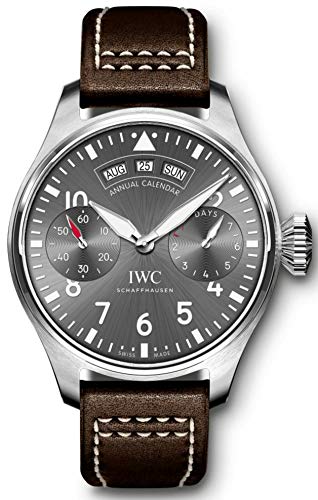
This particular complication can display the day, date, and month of a complete calendar. This means that it can display 30 and 31-day months accurately. Although, you still need to adjust the date manually at the end of February.
Perpetual Calendar

The perpetual calendar is quite more advanced than the annual calendar. Aside from considering the number of days in a month, it has also determined the number of days in any given year until 2100. Meaning, you don’t have even have to adjust the date every February EVEN if it’s a leap year! The next time you have to manually adjust the date in a perpetual calendar watch is when we go from Feb. 28, 2100 to March 1, 2100.
For further clarification check out the difference between Annual Calendar vs Perpetual Calendar watches.
Setting the Date
So how do you adjust the date if you don’t have a perpetual calendar watch? Here are some quick tips and steps to do so. Remember, you have to do it properly; otherwise, the internal mechanism of your watch could be damaged.
The first thing you have to remember is not to change the day and date between 9 pm-3 am. Why? You have to avoid this period because it’s the time when the specific gears usually start to shift.
One good recommendation is that you set the date when the time is set at 6:30. Whether AM or PM, it is outside the prohibited period of 9 pm-3 am. It’s also pretty easy to remember since both the hour and minute hands will be pointed to the 6 o’clock position.
Next, you’re ready to turn the crown. If your watch has a day and date function, turning the crown clockwise will change the date, and turning the crown counterclockwise will change the day (This applies to most watches). That’s it!
Closing Words
Mechanical watches may be more costly compared to quartz ones considering their rigorous watchmaking production process. Yet, they sure are great investments especially if you are an avid watch enthusiast or collector. One thing you have to remember (that we’ve also been repeating throughout this post) is that they are delicate. The mechanical movement is powered only by internal mechanisms so be extra careful and keep your precious watch safe from any shocks, water, or magnets.
Featured Image: Pixabay

